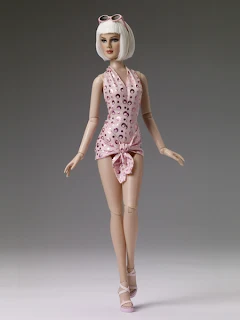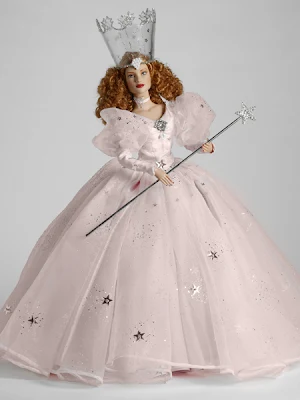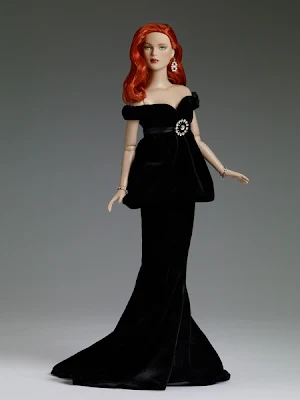 |
| A rendering of the touring exhibition "Barbie the Dreamhouse Experience," which is planned for Berlin and Sunrise, Fla. EMS Entertainment/Mattel |
Leaving Behind Malibu in Search of a New Dream Home
By Stuart Elliott
ONE of the best-known residents of Malibu, Calif., alongside
billionaires like David Geffen and Larry Ellison, is embarking on a
national promotional effort to help sell her home there for the
eye-popping price of $25 million.
Potential buyers may want to try bargaining down the price when they
realize the house has only one bedroom and one bathroom — and three
walls.
Those clues ought to point to the owner: Barbie, the doll who has, in
the imagination of millions of girls, lived on the beach — in a home
formally known as the Barbie Malibu Dreamhouse — since the introduction
of Malibu Barbie in 1971. Mattel,
the toy maker that has marketed Barbie since 1959, is to announce on
Thursday that Barbie is posting a “for sale” sign on her house in
preparation for a move.
The announcement will kick off a campaign that is to culminate with a
disclosure of Barbie’s new home, which will be brought to life in a
playset that will come out in the fall, in time for the 2013 Christmas
shopping season.
The campaign is meant to mix actual and imaginary elements. For example, a section of Trulia, the real estate Web site, will carry the for-sale listing for what is being called “the dreamiest of dreamhouses.” Josh Altman, a cast member of “Million Dollar Listing: Los Angeles,” a reality series on the Bravo cable channel, is being “hired” by Barbie to list the house.
And four designers are forming a dream team, in Mattel’s parlance, to advise Barbie in her hunt for a new home. They are Jonathan Adler, who brought the Malibu playset to life in 2009 as part of a commemoration of Barbie’s 50th anniversary; Lulu de Kwiatkowski; Celerie Kemble; and Trina Turk.
Although the campaign will include some traditional advertising like an ad in Us Weekly magazine, the bulk of it will involve digital media, on platforms like trulia.com and the Barbie Web site, barbie.com; social media like Facebook and Twitter; and public relations.
The campaign will also include so-called experiential marketing in the
form of “Barbie the Dreamhouse Experience” — a touring exhibition, in a
partnership between Mattel and EMS Entertainment — that is to begin this
year in two markets, Berlin and Sunrise, Fla.
When Mattel reported its fourth-quarter results on Friday, executives said that Barbie sales fell about 4 percent, representing the third quarterly decline during 2012. That trend has set off efforts by Mattel to generate interest in Barbie and address challenges like the sluggish economy and the growing interest among children in electronic toys.
Recent examples of Mattel initiatives include a campaign, predominantly in social media, to reunite Barbie and her boyfriend, Ken, after a seven-year separation; a Web video series, “Barbie Life in the Dreamhouse,” that can be watched on barbie.com/dreamhouse and YouTube; and cruises with Barbie themes on Royal Caribbean International ships.
“Over all, we’re pleased with the position of Barbie in the marketplace,” said Stephanie Cota, senior vice president for girls’ brands worldwide at the Mattel Brands division of Mattel. “No. 1 is a good place to be.”
Still, “it’s our job that she remain top of mind,” she added, and “we are at our best when we recognize the cultural relevance of Barbie.”
The campaign is being introduced amid signs that the battered American housing market is healing, like an acceleration in groundbreaking for new homes and a spate of prominent ads by national realty companies that included a commercial for Century 21 during Super Bowl XLVII on Sunday. Those may be indications that consumers are ready for a lighthearted campaign about a doll’s foray into the real estate market.
Barbie is “a fun brand, an iconic brand, to partner with,” said Ken Shuman, head of communications at Trulia in San Francisco. The location of and high asking price for Barbie’s home fit with the focus of a Trulia blog “on luxury celebrity properties,” he added.
Besides, “we’re a Silicon Valley company, technology-focused,” Mr. Shuman said, “and Silicon Valley has embraced Barbie, voting that computer engineer be her next career” in 2010.
Mr. Altman, who works frequently with Trulia, is also getting into the
spirit of the campaign. He said he would be glad to show Barbie new
homes “anywhere on the planet” because “she speaks God knows how many
languages.”
“And Ken is fine with whatever she wants to do,” he added, laughing.
After suggesting that he might advise Barbie to buy “a skyscraper in Manhattan,” Mr. Altman ended the conversation by declaring: “This is Barbie on the other line; I’ve got to go.”
All the nontraditional elements of the campaign make it difficult to determine spending. Ms. Cota said it would be comparable to Mattel’s spending on Barbie in recent years.
According to the Kantar Media unit of WPP, Mattel spent $11.6 million to advertise all Barbie products in major media in the first nine months of last year, compared with $8.4 million in the same period of 2011. Full-year spending was $18.4 million in 2011, $17.2 million in 2010, $23.7 million in 2009 and $31.7 million in 2008, Kantar Media reported.
The campaign is being led by an internal agency at Mattel, which is working with Attention, a digital and social media agency, and, for public relations, the HL Group, part of MDC Partners.





















